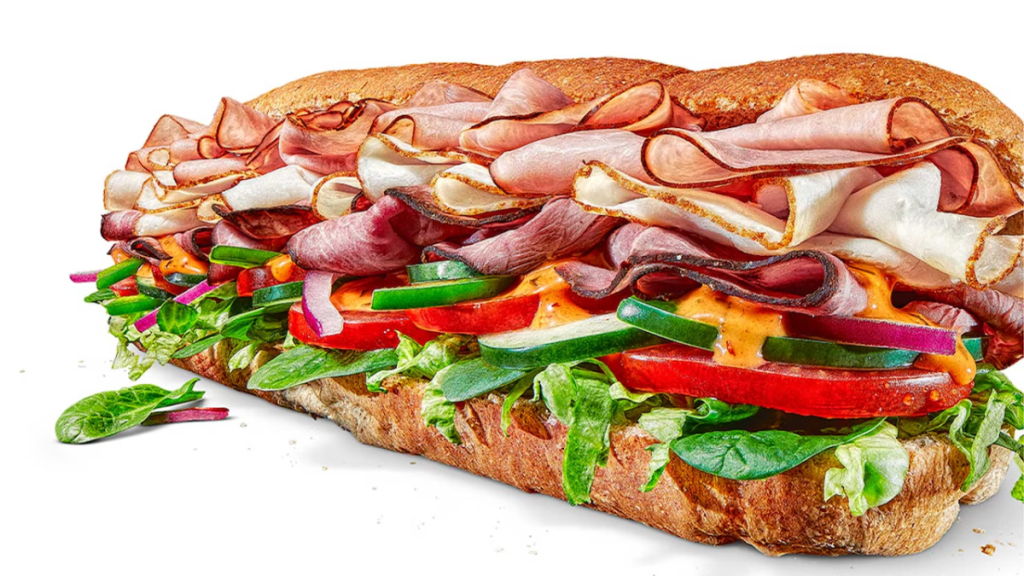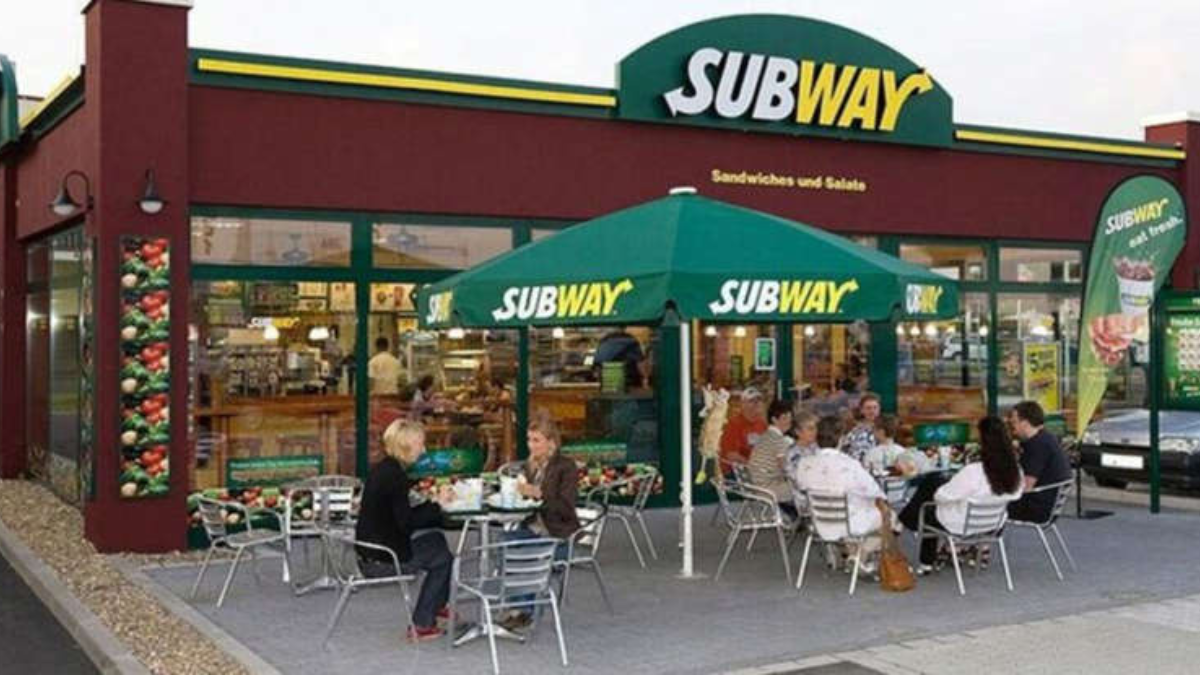Subway, America’s largest sandwich chain by number of locations, has confirmed the closure of 631 U.S. stores in 2024. The fast-food giant now operates fewer than 20,000 domestic outlets—marking the first time in nearly two decades that Subway’s U.S. store count has dipped below this threshold.
This significant shift is part of Subway’s strategic transformation plan, which focuses on modernizing its business model and ensuring long-term sustainability in a competitive market.
According to data recently released in the Q4 2024 Franchise Disclosure Document, Subway ended the year with 19,502 stores across the United States.
These closures reflect the company’s “Smart Growth” strategy, which emphasizes store quality, profitability, and location optimization over sheer quantity.
Why Subway Is Closing So Many Locations
Oversaturation and Franchise Challenges
For years, Subway focused on rapid expansion. At one point, stores were opening at such a fast pace that multiple franchises were often located within blocks of one another.
While this strategy initially helped dominate the quick-service sandwich market, it ultimately led to market saturation and intra-brand competition.
Franchisees have voiced concerns over declining profits and increased competition not only from other sandwich chains like Jimmy John’s and Jersey Mike’s but also from newer, healthier fast-casual options like Panera Bread and Sweetgreen.
The combination of rising labor costs, inflation, and pandemic-related challenges added even more strain, prompting a need for a thorough reassessment of operations.
A New Direction with Smart Growth
Rather than continue a strategy of expansion for expansion’s sake, Subway’s Smart Growth plan aims to close underperforming locations and open new ones in stronger markets. The idea is to shift the brand’s focus from quantity to quality.
This includes improved location placement, increased franchisee support, and more consistent brand representation.
John Chidsey, Subway’s CEO since 2019, has championed this shift in direction. Under his leadership, Subway has committed to streamlining operations, modernizing locations, and implementing brand-wide upgrades to help franchise owners stay competitive in today’s market.
Subway’s Modernization Efforts
Fresh Forward 2.0 Rollout
As part of its transformation strategy, Subway has also launched the “Fresh Forward 2.0” initiative. This global remodeling program focuses on redesigning existing stores with updated interiors, better digital integration, and improved customer experiences.
Digital kiosks, enhanced seating areas, and mobile order capabilities are now being incorporated into more locations.
The brand hopes these changes will attract younger consumers who expect more convenience and tech integration in their dining experiences. With food delivery apps and mobile ordering becoming the norm, Subway’s digital upgrades are seen as crucial for long-term relevance.

Menu and Ingredient Improvements
Subway has also worked to enhance its food offerings. Over the past two years, the company has updated its ingredients, including new deli meats, cheeses, and breads. These upgrades aim to match consumer preferences for fresher, higher-quality options.
Additionally, promotions like the “Subway Series” menu featuring pre-designed sandwich combinations have helped simplify ordering and improve consistency across franchise locations.
Global Expansion Despite Domestic Cuts
While Subway is scaling back its U.S. operations, it is aggressively expanding overseas. In fact, the chain has signed deals for more than 9,000 new international locations over the last three years, signaling confidence in its global strategy.
New markets include countries like Mongolia, India, and parts of South America. Subway believes that international regions offer untapped potential and less competitive saturation compared to the mature U.S. market.
This international push allows the brand to continue growing even as it trims back its domestic footprint. In doing so, Subway hopes to strike a balance between stable operations in its home country and aggressive growth abroad.
Final Thoughts
Subway’s decision to close 631 stores in 2024 may seem alarming at first glance, but it’s part of a broader effort to build a more sustainable, modern, and profitable brand.
By focusing on store performance, franchisee success, and customer experience, the company is preparing for a stronger future in an increasingly competitive food landscape.
As the fast-food industry continues to evolve, Subway’s willingness to adapt could determine whether it retains its spot at the top—or fades behind more innovative competitors.
For more details on Subway’s transformation plan and recent closures, visit Business Insider’s coverage.
Disclaimer – Our team has carefully fact-checked this article to make sure it’s accurate and free from any misinformation. We’re dedicated to keeping our content honest and reliable for our readers.
